Gulf of Mexico Sponge Warehouse
Introduction
Text-to-speech Audio
Images
Front facade of the Gulf of Mexico Sponge Warehouse
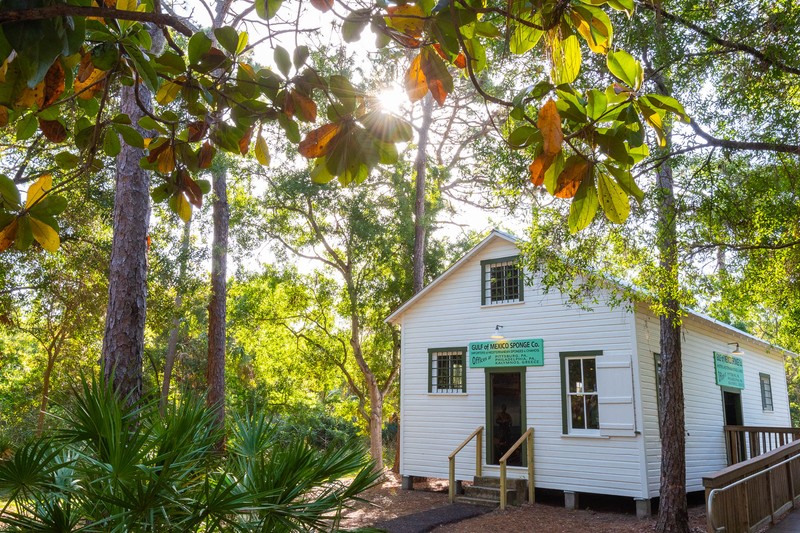
Interior exhibit in the Sponge Warehouse
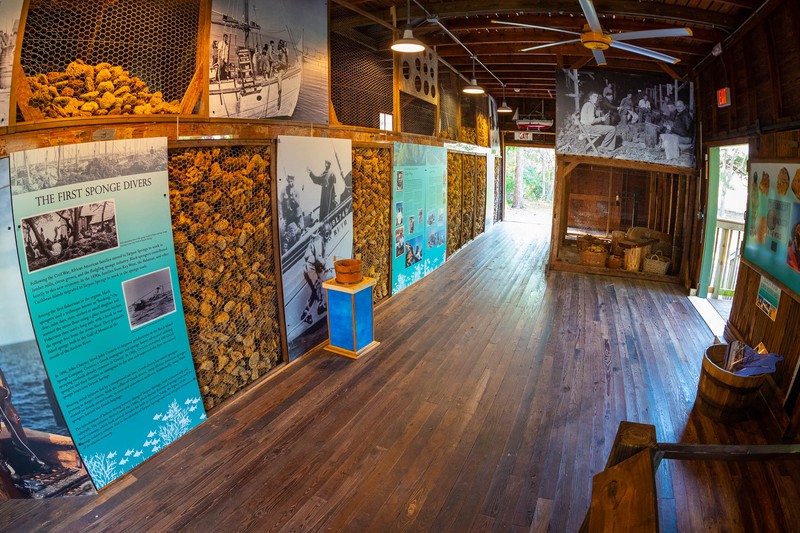
Exhibit within the Sponge Warehouse
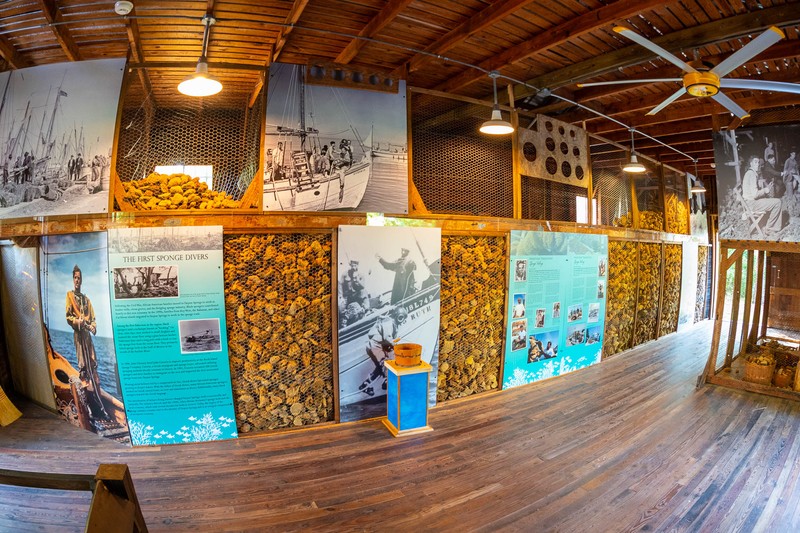
Interactive postcard within the Sponge Warehouse exhibit
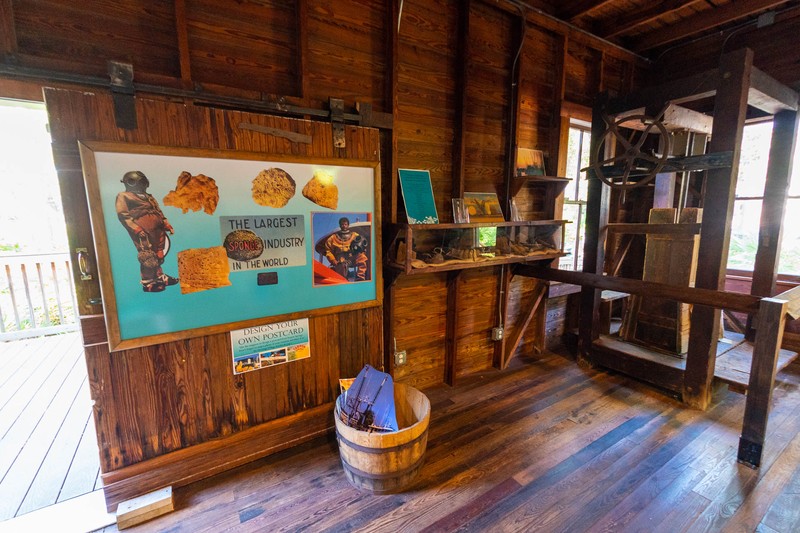
Exhibit within the building
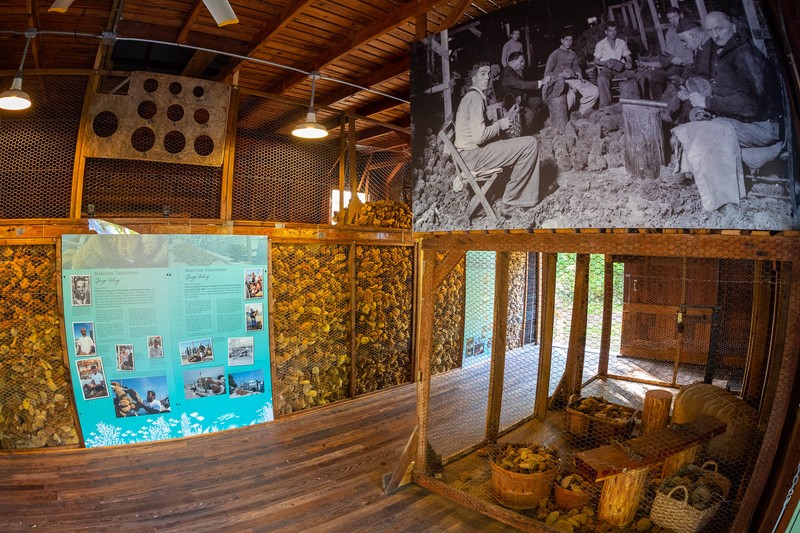
Bailey's Bluff church service for sponge fishermen, ca 1900.

Woman at the gates of the Tarpon Springs Sponge Exchange, circa 1940.
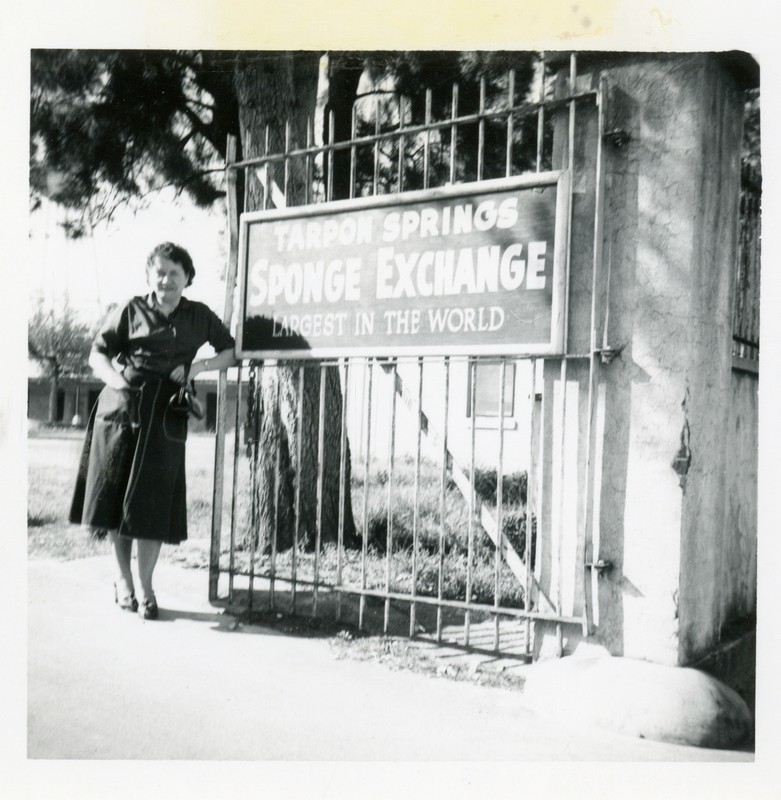
Docked sponge boats at Tarpon Springs, Florida, circa 1920.
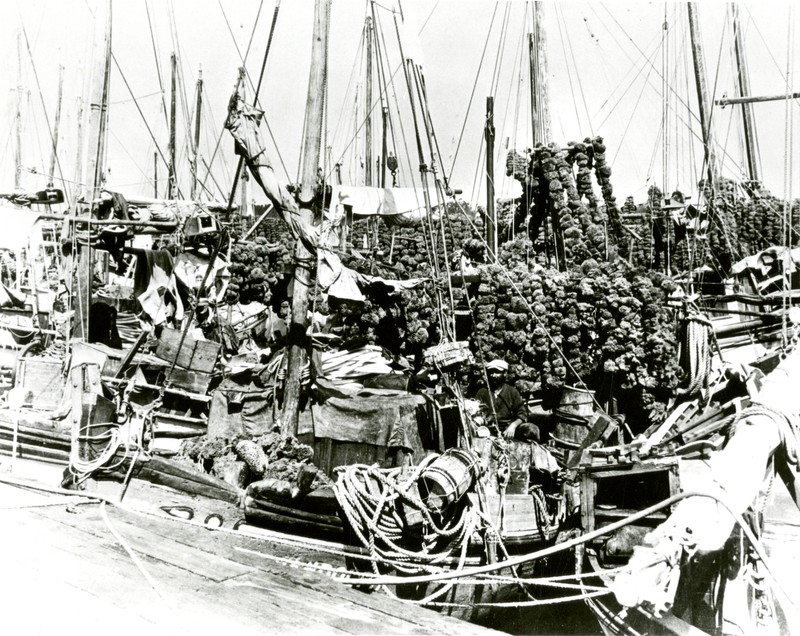
Man in an unidentified sponge warehouse in Tarpon Springs, Florida, undated.
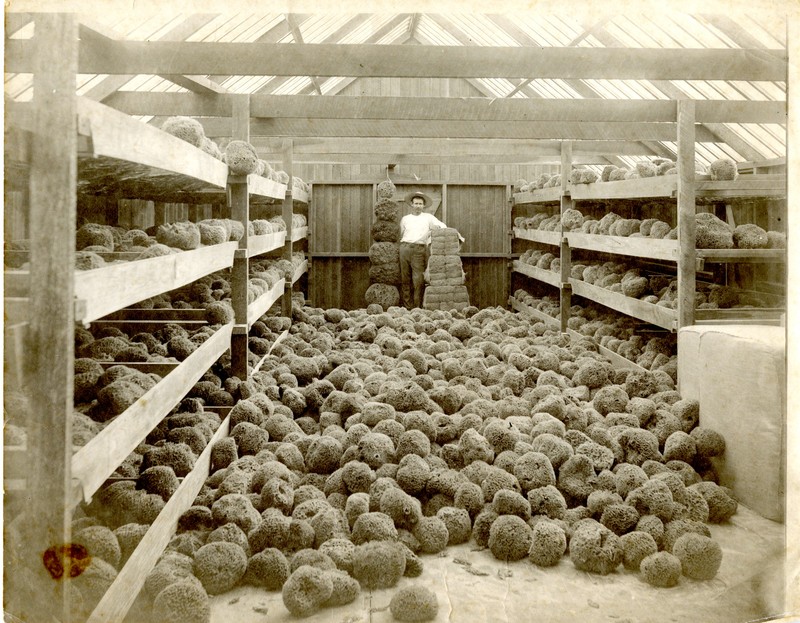
George Kousaleos Sr. in Tarpon Springs, Florida, circa 1959. Kousaleos, owner of the Philadelphia-based Gulf of Mexico Sponge Company, purchased the sponge warehouse building now located at Heritage Village from it’s original owner in the mid-1950s.
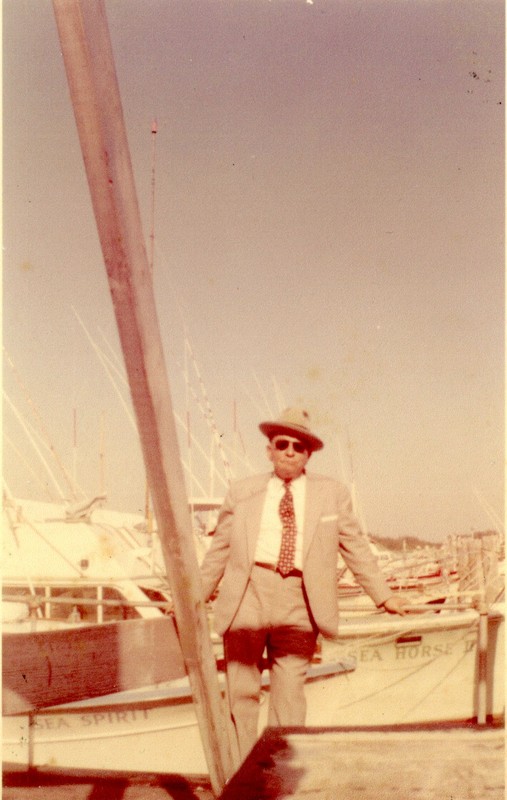
Backstory and Context
Text-to-speech Audio
Following the Civil War, African American families moved to Tarpon Springs to work in lumber mills, citrus groves, and the fledgling sponge industry. Black spongers contributed heavily to this new economy. In the 1890s, families from Key West, the Bahamas, and other Caribbean islands migrated to Tarpon Springs to work in the sponge trade. Among the first to harvest sponges in the region, Black spongers used a technique known as “hooking.” On clear, calm days, men worked in small dinghies and scanned the ocean floor using a glass bottom bucket. Fishermen then used a long pole with a hook to tear the sponge free from the ocean floor. They primarily fished sponge beds in the Gulf of Mexico at the mouth of the Anclote River.
In 1896, John Chenyey hired John Cocoris to improve productivity at the Rock Island Sponge Company. Cocoris, a Greek immigrant and sponge buyer, advocated adopting sponging methods already common in Greece. In 1905, Cocoris recruited 500 Greek spongers and their families to immigrate to the area and imported the first motorized sponge boats into Tarpon Springs. Wearing metal helmets fed by a compressed air line, Greek divers harvested sponges growing in deeper waters. With the influx of Greek divers, many African American spongers worked on Greek-owned boats, as crew and sometimes as divers. Additionally, many Black spongers learned the Greek language.
The introduction of helmet diving forever changed Tarpon Springs, both economically and culturally. The industry thrived until the 1940s, when disease decimated sponge beds, which took several decades to recover. Today, the legacy of the sponge industry remains vital to the identity of Tarpon Springs and is an integral component of its tourist economy.
